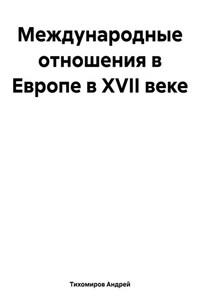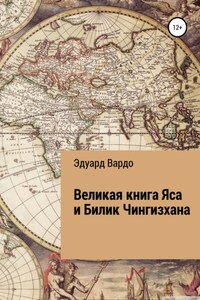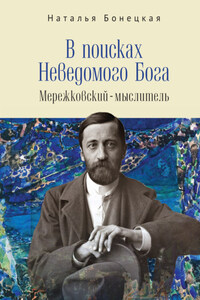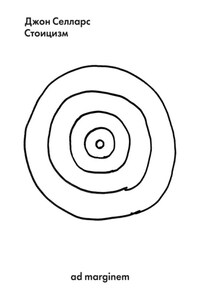Philosophical Ideas of India
Philosophical ideas in ancient India begin to form around the 2nd millennium BC. In our time, they have become known thanks to the ancient Indian literary monuments under the general name "Vedas", literally meaning knowledge, knowledge. "Vedas" are a kind of hymns, prayers, chants, spells, originating in the steppes of the Southern Urals.
In the Vedas, for the first time, an attempt is made to approach the philosophical interpretation of the human environment. Although they contain a semi-superstitious, semi-mythical, semi-religious explanation of the world surrounding a person, nevertheless they are considered as philosophical, or rather pre-philosophical, pre-philosophical sources. Actually, the first literary works, in which attempts are made to philosophize, that is, the interpretation of the world surrounding a person, could not be different in their content.
Philosophical works that correspond to our ideas about the nature of the formulation of problems, and the form of presentation of the material and their solution, are the "Upanishads", which literally means to sit at the feet of a teacher and receive instructions. They appeared approximately in the 9th-6th centuries BC and, as a rule, in form they represented a dialogue between a sage and his student or with a person seeking the truth and subsequently becoming his student. In total, about a hundred Upanishads are known. The religious and mythological interpretation of the environment in the most famous Upanishads develops to a certain extent into a differentiated understanding of the phenomena of the world. Thus, there are ideas about the existence of various types of knowledge, in particular, logic (rhetoric), grammar, astronomy, the science of numbers and military science. Ideas about philosophy as a kind of field of knowledge are also emerging. And although the authors of the Upanishads failed to completely get rid of the religious and mythological interpretation of the world, one can consider the Upanishads and, in particular, such of them as Brihadarashyaka, Chandogya, Aitareya, Isha, Kena ”, “Katha” are the earliest known philosophical works.
In the Upanishads, primarily in the works mentioned above, an attempt was made to pose and discuss such significant philosophical problems as clarifying the fundamental principle of nature and man, the essence of man, his place and role in his environment, cognitive abilities, norms of behavior and role in this human psyche. Of course, the interpretation and explanation of all these problems is very contradictory, and sometimes there are judgments that exclude each other.
The leading role in explaining the root cause and fundamental principle of the phenomena of the world, that is, the habitat, is assigned to the spiritual principle, which is denoted by the concept of “brahman” or “atman”. However, in other cases, these are food (anna) or a certain material element – a bay, which is most often water or a combination of such elements as water, air, earth and fire.
Noting the presence of an attempt to a certain extent natural-philosophical explanation of the root cause and fundamental principle of the phenomena of the world and the essence of man, it should be noted that the authors of the Upanishads still assigned the leading role to the spiritual principle – "brahman" and "batman". In most texts of the Upanishads, "brahman" and "atman" are interpreted as the spiritual absolute, the incorporeal root cause of nature and man. Here is how it is said in the Upanishads: “19. Brahman arose first of the gods, the creator of everything, the keeper of the world.
20. Truly in the beginning it was one atman. There was nothing else to blink. He came up with: "Now I will create worlds." He created these worlds."












